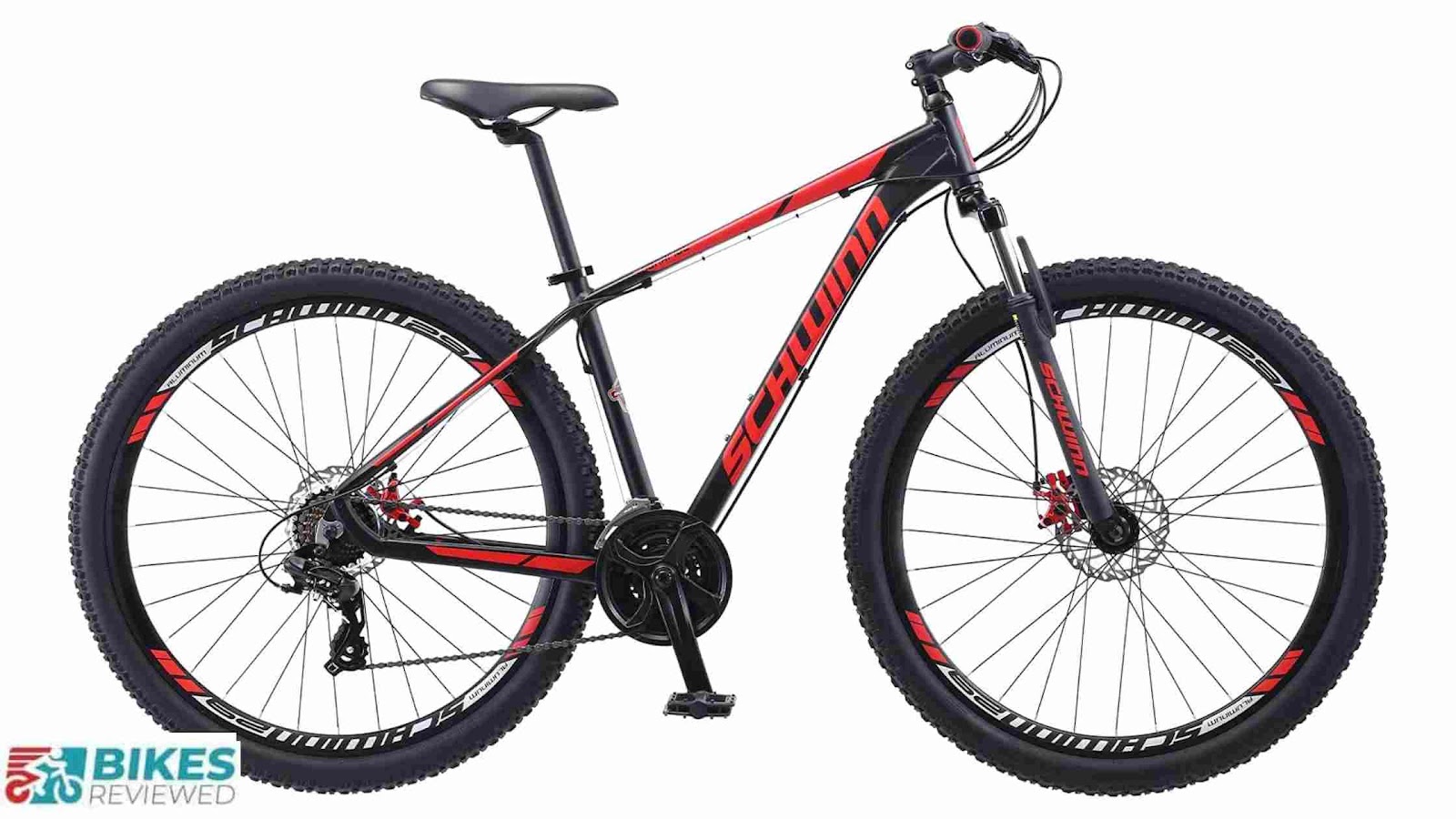Exploring the Benefits and Functions of Wheel Speed Sensors for Bicycles
In recent years, the cycling industry has seen remarkable advancements in technology, enhancing both the performance and safety aspects of bicycles. One such technological innovation that has gained significant attention is the wheel speed sensor. These tiny but powerful devices have revolutionized the way cyclists track their speed, distance, and other vital metrics. In this article, we will delve into the world of wheel speed sensors for bicycles, exploring their benefits, functions, and the impact they have on the overall cycling experience.
What are Wheel Speed Sensors?
Wheel speed sensors, also known as bike speed sensors or bicycle speedometers, are small electronic devices that measure the rotational speed of a bicycle's wheel. They are typically mounted on the wheel hub and use various technologies such as magnetism or optical sensors to detect wheel revolutions. By collecting data on wheel rotations, these sensors provide essential information for cyclists, enabling them to monitor their speed, distance traveled, cadence, and other performance metrics.
Benefits of Wheel Speed Sensors
Accurate Speed and Distance Tracking:
One of the primary benefits of wheel speed sensors is their ability to provide accurate measurements of speed and distance. By precisely tracking wheel rotations, these sensors offer real-time data on a cyclist's current speed and the total distance covered during a ride. This information is crucial for tracking progress, setting goals, and analyzing performance.
Cadence Monitoring:
In addition to speed and distance, wheel speed sensors can also measure cadence, which refers to the number of pedal revolutions per minute (RPM). Monitoring cadence helps cyclists maintain an optimal pedaling rhythm, leading to improved efficiency and reduced fatigue. By analyzing cadence data, cyclists can adjust their pedaling technique to achieve a more balanced and effective riding style.
Training and Performance Analysis:
Wheel speed sensors play a vital role in training and performance analysis for cyclists. By collecting comprehensive data on speed, distance, and cadence, these sensors allow riders to assess their performance over time. Cyclists can track improvements, identify areas for development, and tailor their training routines accordingly. Additionally, wheel speed sensors often integrate with cycling apps or fitness trackers, providing a detailed overview of ride statistics and progress.
3. Functions of Wheel Speed Sensors:
Speed Calculation:
The primary function of a wheel speed sensor is to calculate the speed of a bicycle. By measuring the time it takes for a wheel to complete a full revolution, the sensor can determine the bike's speed in real-time. This information is displayed on the speedometer or transmitted to a connected device for further analysis.
Distance Measurement:
Wheel speed sensors also enable accurate distance measurement. By continuously monitoring wheel rotations and factoring in the circumference of the wheel, the sensor can calculate the distance covered by the bicycle. This feature is particularly useful for tracking mileage during training sessions or monitoring progress on long-distance rides.
Wireless Connectivity:
Many modern wheel speed sensors come equipped with wireless connectivity options such as Bluetooth or ANT+. This allows them to transmit data wirelessly to compatible devices such as smartphones, GPS units, or cycling computers. Wireless connectivity enhances convenience and enables seamless integration with various fitness tracking apps and platforms.
Conclusion:
Wheel speed sensors have become invaluable tools for cyclists, providing accurate speed and distance tracking, cadence monitoring, and valuable data for training and performance analysis. With their compact size, easy installation, and wireless connectivity options, these sensors have transformed the cycling experience, empowering riders to optimize their performance, set goals, and monitor their progress.



Comments
Post a Comment